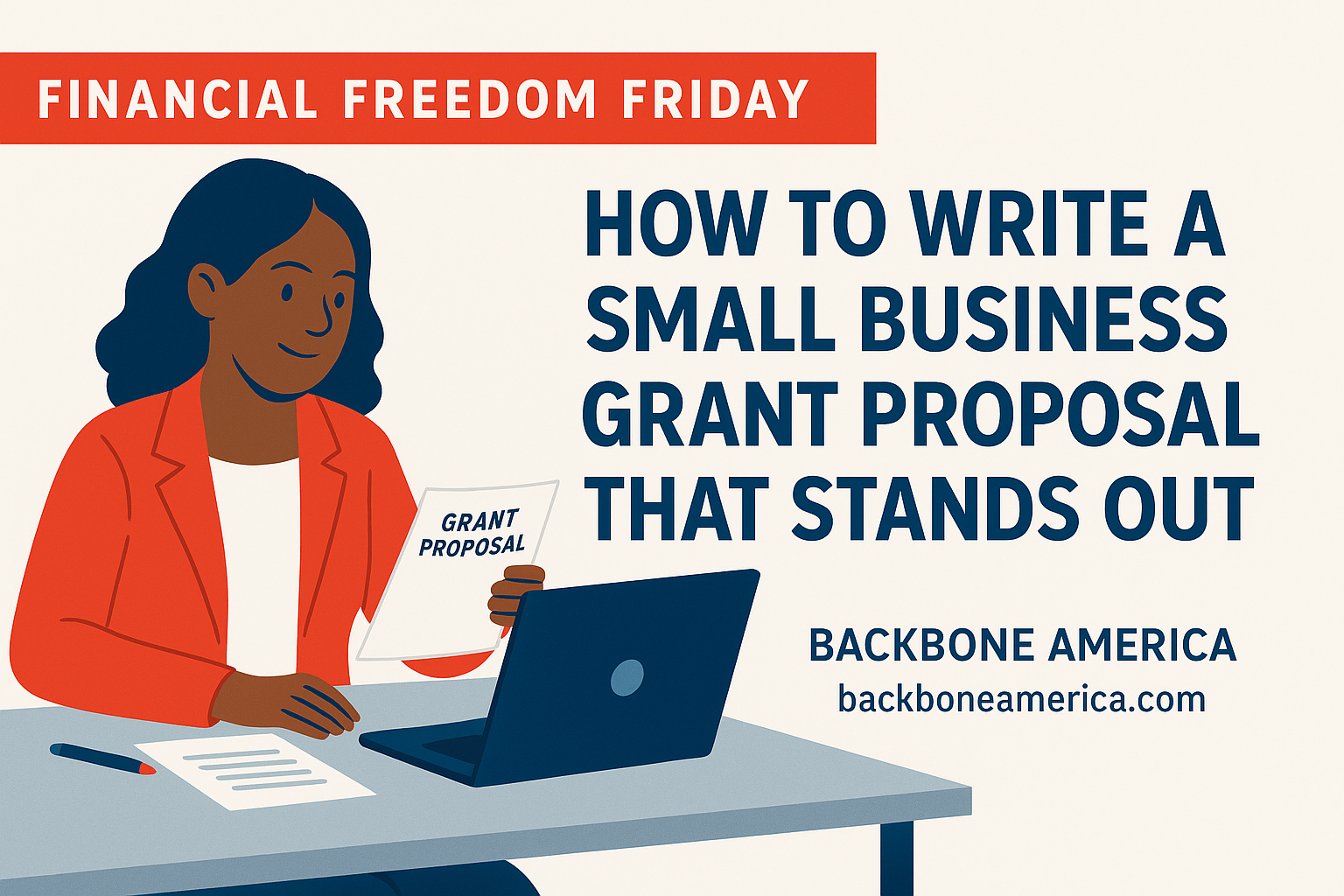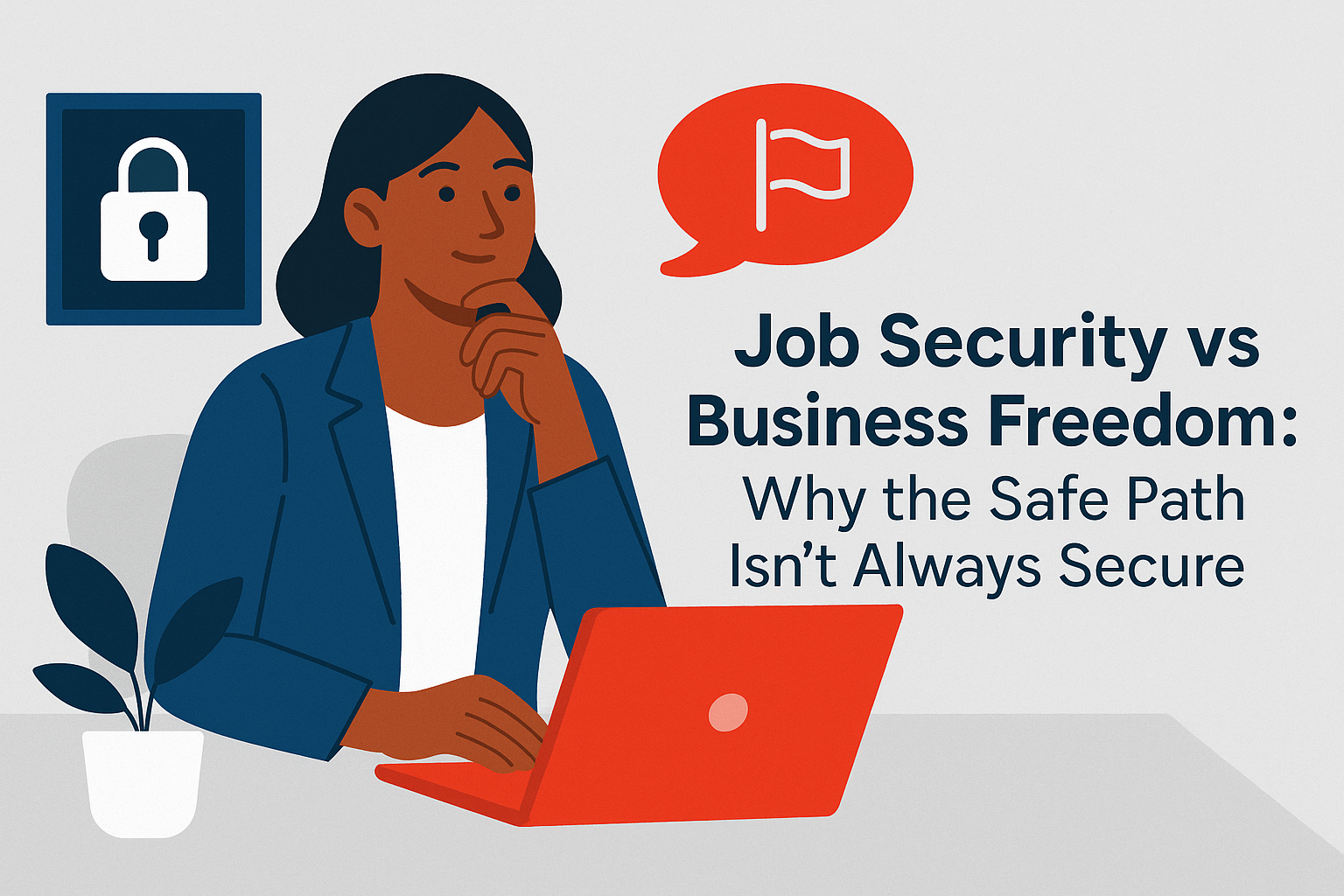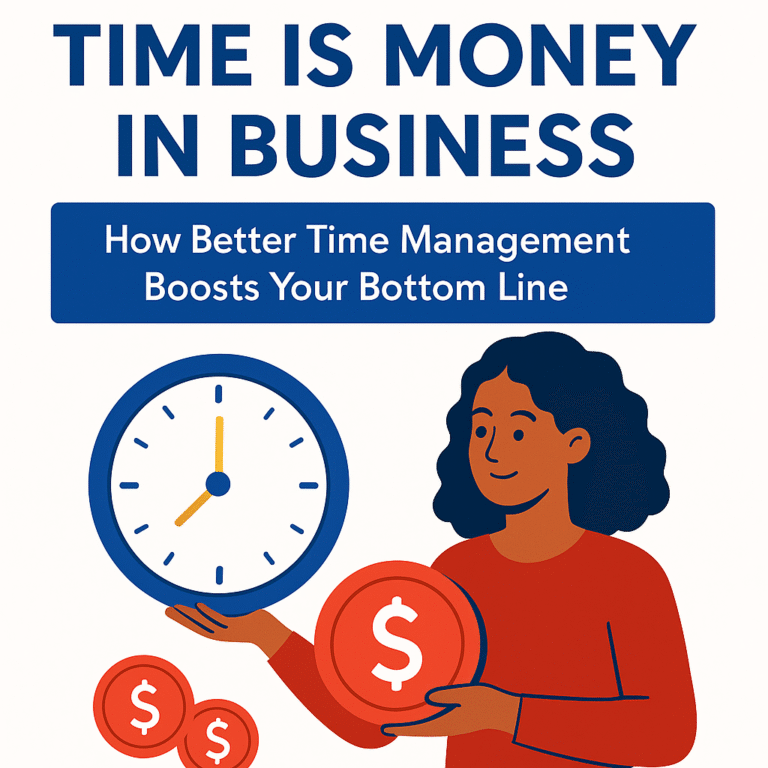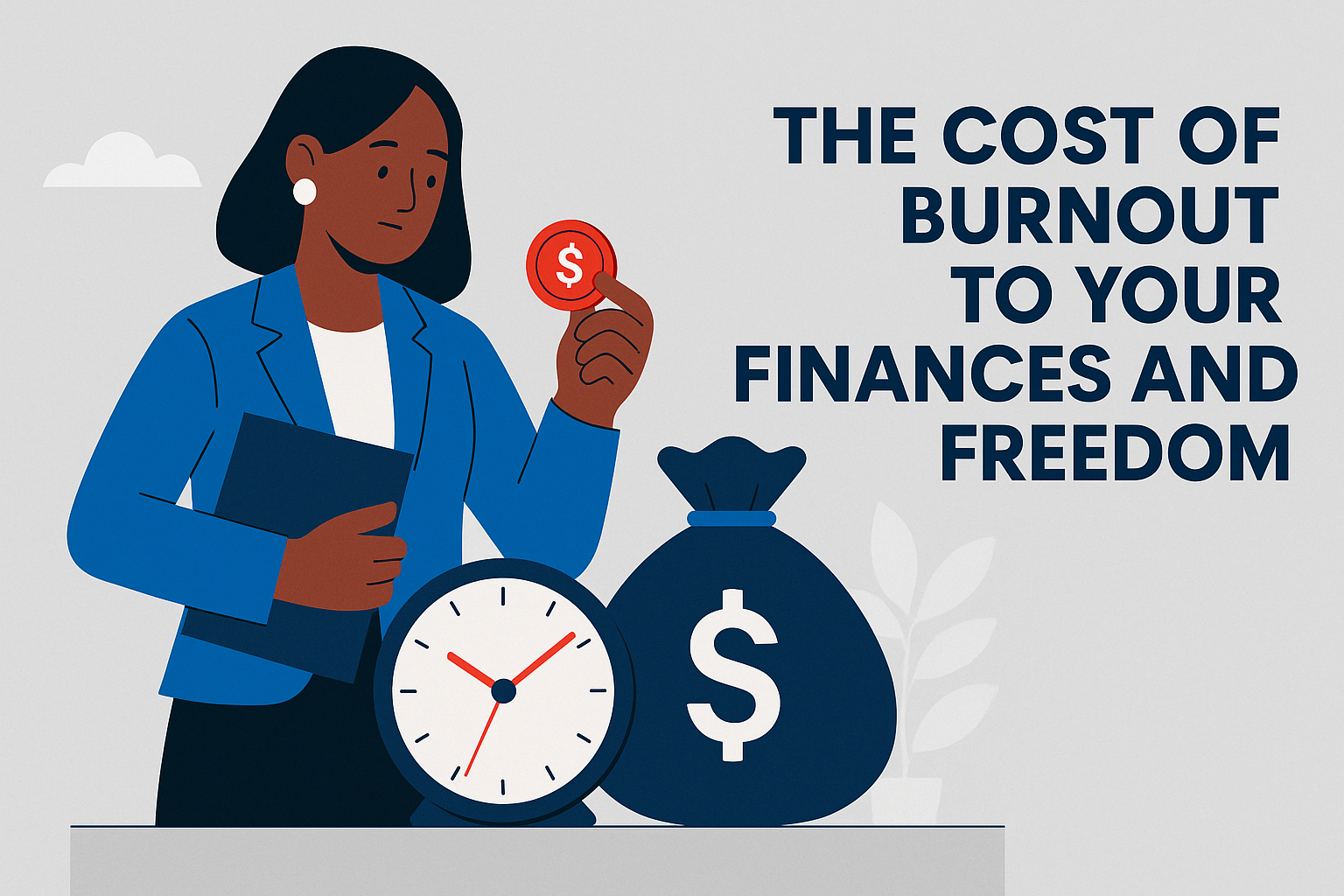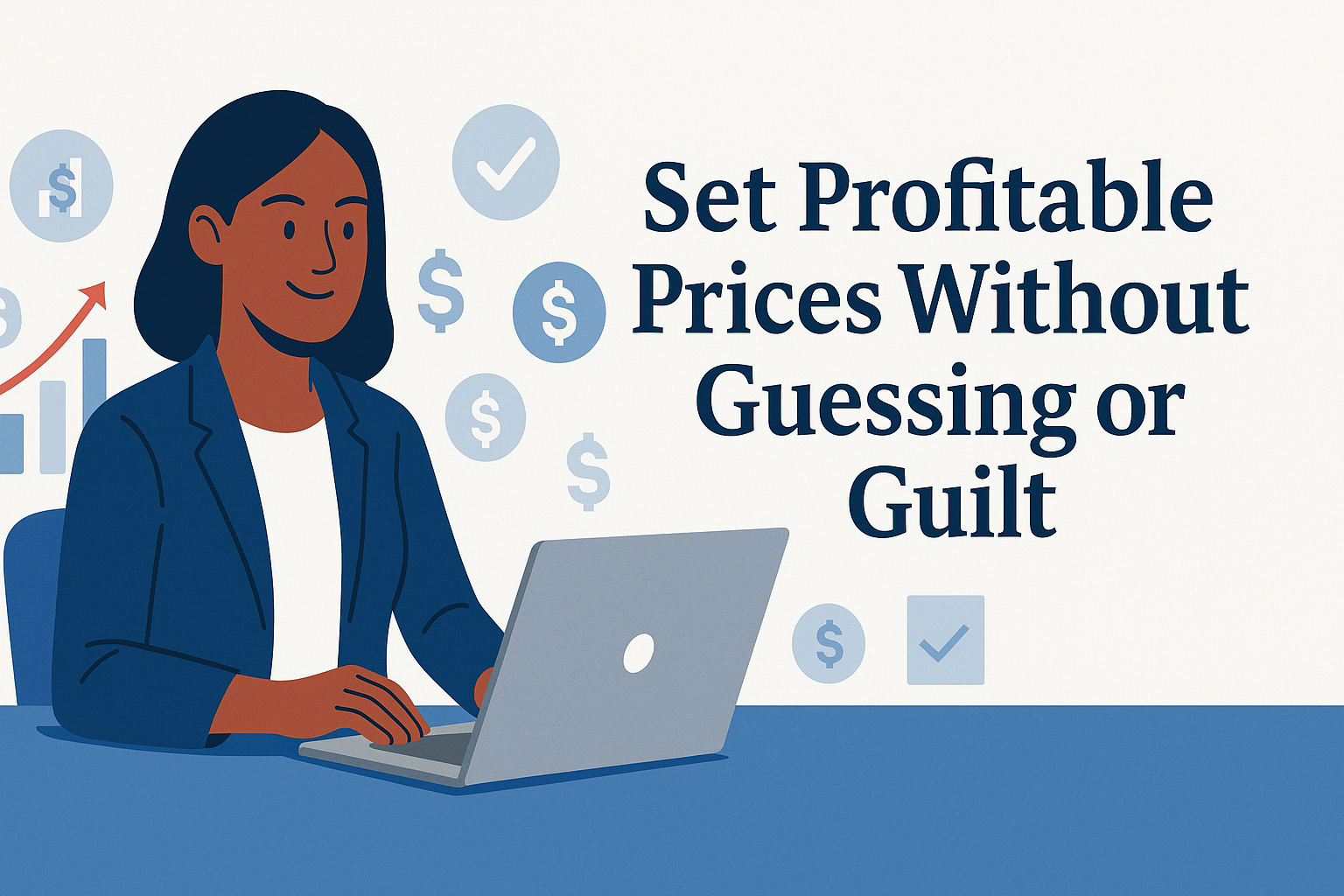Financial Freedom Friday

Even after landing a role I enjoy as a Business Process Automation Engineer, the unpredictability of leadership shifts and organizational decisions kept me thinking: What if I could rely on something besides my paycheck?
The goal wasn’t to quit—it was to stop feeling trapped.
What Makes a Passive Income Business Truly Passive?
Not all passive income is created equal. Some streams require constant content creation, inventory management, or customer support. Others let you do the hard work up front and profit long-term with minimal involvement. Passive income isn’t just about making money in your sleep. It’s about creating systems that reduce your need to constantly show up live to earn income.
There are three levels of passivity:
Semi-passive (like managing a rental or content-based business)
Automated (where systems do the bulk of the work)
Truly passive (like investment returns)
The sweet spot for most entrepreneurs lies somewhere in between. For example, in my business, I create tools and digital products once and set up automation to handle delivery, follow-up, and support. It doesn’t remove the work entirely—but it removes the repetition.
5 Passive Income Business Ideas to Start in 2025

So, where do you start? The truth is, not every passive income stream fits every lifestyle—and that’s okay. The key is choosing a model that aligns with your time, skills, and interests. That’s what led me to explore scalable, automated business models—ones that didn’t require me to be constantly “on” just to keep earning.
If you’re looking for inspiration, I’ve researched and selected five industries worth considering. These passive income business ideas for 2025 aren’t hype—they’re practical, proven, and flexible enough to grow around your life, not take it over. Whether you’re just getting curious or ready to commit, these ideas can help you start earning smarter—not harder.
1. Build a Niche Blog or Affiliate Website
Starting a niche blog is one of the most accessible and scalable passive income business ideas out there. You choose a focused topic—like health tech, family budgeting, or even health smoothies recipes—and create SEO-optimized content that serves a specific audience. Over time, that content becomes a digital asset that can generate income through affiliate marketing, display ads, sponsored posts, or your own digital products.
When I launched Backbone America’s blog, my goal wasn’t just to educate—it was to build a system that could run independently of my daily input. Each blog post acts like a mini salesperson: attracting traffic, building trust, and pointing readers to tools, services, or resources I recommend. As you’ll notice at the end—or even within—many of my posts, I include a clear call to action. It’s a simple but strategic way to guide readers toward their next step and create ongoing opportunities for conversion.
2. Sell Digital or Dropshipped Products
Selling digital or dropshipped products is a powerful way to generate passive income with minimal overhead. Digital products—like templates, printables, e-books, and online courses—only need to be created once but can be sold repeatedly with little ongoing effort. Platforms like Teachable, Gumroad, and Etsy make it easy to get started. This is what I do with Backbone America, though I use my own website as the platform instead of a third-party system.
If you prefer physical products, dropshipping is a smart alternative. You never handle inventory—instead, a supplier ships items directly to your customers. It works well for niche brands where you can create or curate products that speak to a specific audience.
Both models pair well with automation tools that handle purchases, follow-ups, and even customer support—making it easier to scale without increasing your workload. Whether digital or physical, these products can sell around the clock while you focus on growth.
3. Create a Paid Newsletter or Membership
Subscription-based models are one of the most reliable forms of passive income because they generate recurring revenue. Whether you’re sharing business strategy, lifestyle content, or niche insights, people are willing to pay for consistent value, especially when it helps them save time, think differently, or reach a goal faster.
This model works well if you’re already creating content—think blog posts, podcasts, or social media commentary—and want to offer your most valuable material in a premium, members-only space. Platforms like Patreon, Substack, and Buy Me a Coffee make it easy to set up gated content, exclusive Q&As, or even community access. I’ve subscribed Patreon subscriptions myself.
You don’t need a massive audience to make this work. You just need an engaged group that trusts your expertise and sees your content as worth subscribing to. Over time, these subscribers can become your most loyal customers—supporting your work month after month, while you focus on creating what matters most.
4. Start a Vending Machine Business
If you’re looking for a physical business that can still operate passively, vending machines are a surprisingly affordable and low-maintenance option. With startup costs ranging from $3,000–$5,000 per machine (even less if used), it’s one of the few physical businesses that can generate consistent income with minimal hands-on effort.
The key is choosing the right location—think gyms, schools, office buildings, or community centers—where foot traffic and convenience drive regular sales. Modern machines come with remote monitoring features, so you can track inventory and performance from your phone. Some entrepreneurs outsource restocking entirely, turning the business into a truly passive model.
What makes vending a great fit for aspiring entrepreneurs is the blend of real-world presence and scalable automation. It’s physical, but it doesn’t have to demand your daily attention—making it ideal for busy professionals who want to start small and grow smart.
5. Buy a Profitable Micro-Business
One of the most overlooked paths to passive income is buying a business that’s already running. For $5,000–$10,000, you can acquire a small service-based business—like a virtual math tutoring company or digital product shop—that already has clients, systems, and staff in place.
The key is finding businesses that deliver services online, so there’s no overhead from a physical location. Ideally, the owner is stepping away for personal reasons, not because the business is failing. Platforms like Acquire.com, Flippa, and BizBuySell regularly list affordable micro-businesses with steady cash flow and automation potential.
What I love about this model is that you’re skipping the start-up grind. You walk into a foundation that’s already built—and then improve it with better systems, smarter marketing, or automation. It’s a shortcut to ownership that still gives you full control, without the burnout of building everything from scratch.
How to Choose the Right Passive Income Path

Eventually, I found clarity by asking myself three key questions:
What can I automate or systematize easily?
What aligns with my current skills and interests?
What feels sustainable—not stressful—to manage long term?
And it doesn’t have to be done alone. Running a business as a solopreneur can be absolutely exhausting. As I started to build, I realized I couldn’t—and shouldn’t—do everything myself. I began outsourcing bits and pieces like SEO, content marketing, and tech support so I could focus on the parts of the business that needed me. That shift didn’t just lighten my load—it made the whole thing more sustainable.
The Illusion of 100% Passive

I’m still building Backbone America. Not all of my ideas are fully developed yet, and there’s still work to be done. I’m tweaking workflows, refining offers, and laying the groundwork for what’s next. But even now, income rolls in—even when I’m not launching something new. That’s the power of having systems that work whether I’m actively working or not.
The ultimate goal? To build something bigger than me. Like Steve Jobs and Apple—he didn’t push every product forward forever. He built a vision, a team, and a system that could thrive without his constant presence. That’s the real shift: building a business that becomes an asset, not a job.
Final Thoughts: You Deserve Predictable Freedom
I don’t hate my job—but I don’t want my well-being tied to it, either. I’ve been through layoffs, leadership shifts, and even health challenges that reminded me how fragile “security” can be. That’s why I’m building income streams that support my family—whether or not I’m logged in, clocked in, or available that day.
You can do the same. Explore passive income business ideas that align with your goals, your energy, and your expertise. Then automate wherever possible, so you’re not just earning—you’re earning smarter.
Not sure where to begin?

Take the Business Launch Assessment. It’s designed to meet you where you are and offer tailored tools, resources, or next steps based on your responses. Whether you’re exploring ideas, ready to launch, or somewhere in between, it helps you move forward with clarity—and without wasting time on things that don’t fit.

